14 Mind-Blowing Facts About “Dallas” That Kept Viewers On The Edge Of Their Seats
“Dallas”, a classic American television series, is not a strang name for movie buffs. It first aired in 1978 and quickly became a cultural phenomenon. The series follows the dramatic lives of the wealthy Ewing family, who own a Texas oil empire. It also is filled with power struggles, family feuds, and plenty of intrigue, centered around the iconic character of J.R. Ewing.
Whether you’re a die-hard fan or just curious about the classic, these revelations are bound to intrigue and entertain. So sit back, relax, and let’s delve into the intriguing world of “Dallas”!
1. Creator David Jacobs Had No Idea “Dallas” Would Come To Be Set In The City Of Dallas

Initially, the creator, David Jacobs, wrote a story about a fictional oil company called Ewing Oil. When he presented the story to Lorimar Television, an executive named Michael Filerman suggested changing the name of the city in the story. Michael said “‘Yeah, it was fine. But I changed the name,’” Jacobs told the Texas Observer. “And I said, ‘Well, what did you call it?’ He said, ‘Dallas! It sounded better than Houston.’”
This decision was made based on the perception that Dallas was known for its banking industry, while Houston was more associated with oil. Therefore, the setting of the show in Dallas was a result of this chance suggestion by Filerman.
2. “Dallas” Was The Less Classy Version Of Dynasty

Many people agree that “Dallas” had better writing than “Dynasty,” but some viewers find “Dynasty” more captivating, especially from Season 2 onward.
“Dallas was fairly modestly mounted: Southfork was big but no mansion, and now and then the characters wore jeans to breakfast,” Jacobs wrote in The New York Times. “Dynasty was perhaps the most extravagantly produced series in the history of episodic television: the sets were more opulent, the wardrobe more expensive, the lifestyles more ostentatious—the characters dressed for breakfast and wore jewelry with lingerie. During almost any other period, Dynasty would have been regarded as more vulgar than Dallas. In the mid-80s, however, Dynasty was widely viewed as the classier of the two shows. As it happened, both Dallas and Dynasty faded as the Reagan Presidency faded. Indeed, Dynasty could not survive the changing of the guard. It was gone by the end of George Bush’s first hundred days.”
3. Sue Ellen Was Originally Conceived As A Minor Role
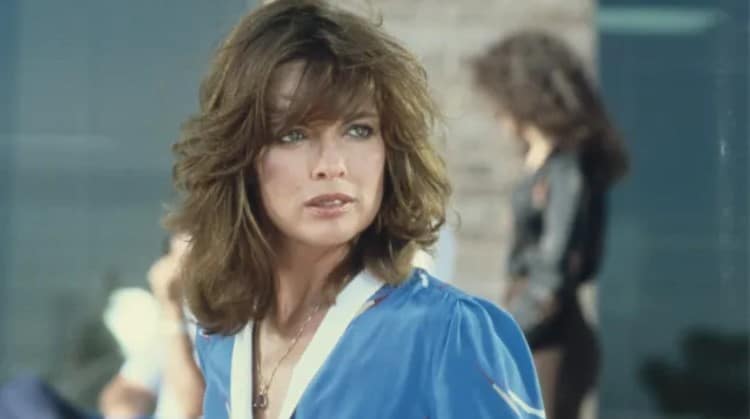
It’s surprising to know that Linda Gray, who portrayed J.R.’s wife Sue Ellen for many seasons, didn’t even have a name in her limited screen time. The casting team originally considered Mary Frann from “Newhart” for the role, but Gray impressed the network so much that they decided to make her character a main part of the cast.
“I remember in the first episode sitting on the couch and the camera went around and shot close-ups of everybody just to get reaction shots, but I was the only one without any dialogue,” Gray told Ultimate Dallas. “Larry was talking all the time, and Patrick was saying a few things, Jock was talking, Miss Ellie, and Pamela—everybody had something to say but me. As J.R. was going on and on, I stared at him and all this stuff started going on behind my eyes. It was like, ‘Who are you and why are you carrying on like this? You are the most idiotic pain in the ass kind of man on the planet. Why would I be married to you?’ So when it came to my close-up, I just projected that. Then CBS saw the chemistry between Larry and I and said, ‘Whoa, what’s going on here? Let’s investigate.’”
The writers made Sue Ellen a character who struggled with alcoholism, but eventually, Gray got fed up with it and left the show in 1989. “In the end it was, you know, come on. This woman has been drunk for eight years! It was enough,” she explained to The Telegraph. “I didn’t storm off in my high heels or anything, but it was enough.”
4. Larry Hagman And Patrick Duffy Drank A Lot On Set

Larry Hagman, the actor known for playing the tough oil tycoon J.R. Ewing, passed away in 2012 after battling cancer. Before that, he underwent a liver transplant because of struggles with alcoholism.
Patrick Duffy, who portrayed J.R.’s brother Bobby, fondly recalled their days of drinking together in an interview with Ultimate Dallas. “I would have a glass [of champagne] with him, but then he would continue for the rest of the day with many more bottles,” Duffy said. “At lunch, we would go off and find a restaurant, have a couple of drinks with our meal. Late afternoon before we wrapped, it was time for a little toddy. Then, after we wrapped, we would sit in the dressing room and have another little drink before we went home to have drinks before dinner and a bottle of wine with dinner and a little after-dinner drink before going to bed.” Duffy said it was fun “but I couldn’t keep up. I never thought, ‘Whoops! I’m developing a drinking problem.’ I just took my foot off the accelerator.”
“I was drinking five bottles of champagne a day [during the filming of the original series], but I was never drunk,” Hagman once said. “I just took little slugs throughout the day. Nine o’clock in the morning to nine o’clock at night is 12 long hours. You can ingest a lot of alcohol in that time, but it was never too much.”
5. Both Hagman And Jacobs Didn’t See J.R. As A “Bad” Guy

Even though J.R. was always plotting and making enemies, getting shot twice, Hagman believed that people didn’t really understand the character. He told Ultimate Dallas, “J.R wasn’t that bad. He was a businessman, which is bad enough right away. But I don’t know. He took care of his family. I wouldn’t call him bad; he was just an oil man.”
“Dramatically he was neither hero nor villain but a combination, the villain-as-protagonist,” David Jacobs wrote in The New York Times about J.R. “He wasn’t created that way. In the first draft of the pilot script, J.R. was a more conventional bad guy. It was the hero, Bobby, whom I thought was more freshly conceived: player and playboy, the apple of his father’s eye, likable but immature.” But CBS wanted Bobby to be more “conventionally heroic.”
“I had one thing I always had to be and that was I had to be good,” Duffy told Ultimate Dallas. He also said Pam “was a basic sub-heading of ‘Bobbys good.’”
6. Larry Hagman Based His Portrayal Of J.R. On A Real-Life Oil Baron’s Son
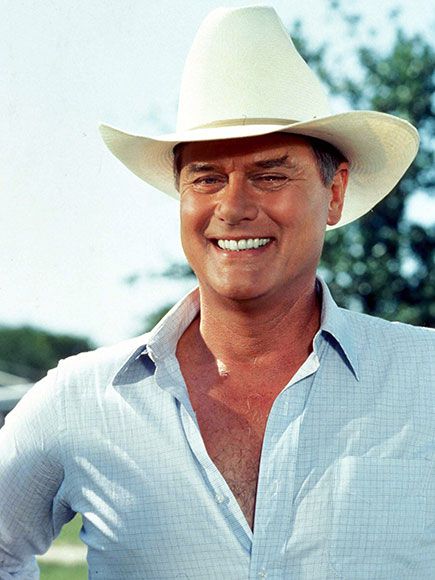
Larry Hagman, who played J.R. in “Dallas,” modeled his character after a real-life oil baron’s son. Growing up in Texas, Hagman worked for an oil man in Weatherford, where he dug ditches and built swimming pools for the man’s four sons.
He told Ultimate Dallas “it was soul destroying” work and “I figured that life was not for me so I became an actor … I learned not so much about the oil business but about oil families, and when [the oil man] died, there was kind of a war to see who would take over the business and one of the sons won, and I modeled my character after that son.”
7. Dallas May Or May Not Have Led To The Fall Of Communism

“Dallas” had a massive audience worldwide, even reaching countries like Russia and Romania, where it was initially banned. Romanian president Nicolae Ceaușescu eventually allowed the show to air after being convinced it was anti-capitalist. However, airing the show didn’t lead to peace.
“I think we were directly or indirectly responsible for the fall of the [Soviet] empire,” Hagman once told the Associated Press. “They would see the wealthy Ewings and say, ‘Hey, we don’t have all this stuff.’ I think it was good old-fashioned greed that got them to question their authority.”
In 1989, Ceaușescu and his wife were killed, and Romanians began to enjoy more freedom without oppressive rule. After Ceaușescu’s downfall, previously censored scenes from “Dallas” were reinserted and broadcasted. Larry Hagman, who played J.R. Ewing had a friendly relationship with communist Bucharest.
He agreed to let them use his image in ads for the Russian oil firm Lukoil in exchange for a hefty sum of money. Hagman kept his compensation secret until after his death, when the news finally became public.
8. A Romanian Version Of Southfork Actually Existed
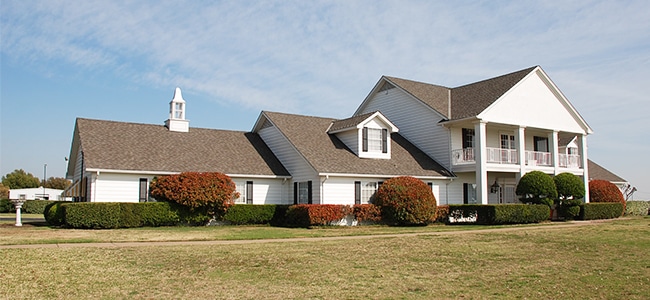
Romania was so into “Dallas” that a wealthy guy named Ilie Alexandru built a hotel complex there called Parcul Vacante Hermes, aka “Southforkscu,” in Slobozia, Romania. He was big on being like J.R. Ewing, so he built a hotel and called it “Dallas.” He even added horse stables, polo fields, and a copy of the Eiffel Tower. But now, none of that stuff is around, and Alexandru ended up in jail for money crimes. Luckily, the real Southfork ranch in Parker, Texas, where the Ewings lived on the show, is still kickin’. It opened to the public in 1985 and now hosts conferences and events.
9. Whether Or Not J.R. Lived Depended On Hagman’s Contract
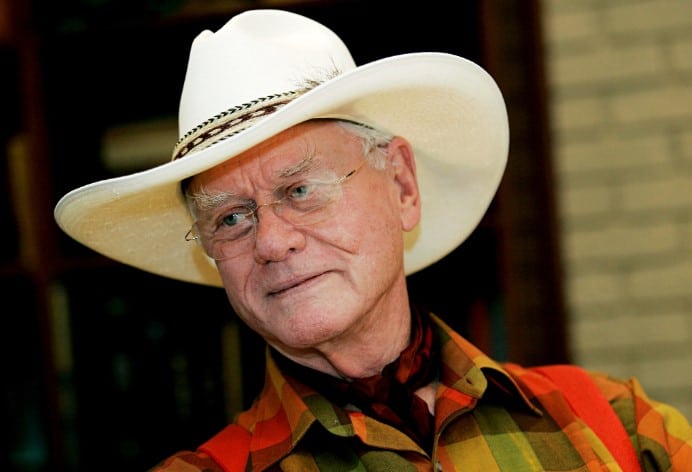
On “Dallas,” they loved a good cliffhanger, and one season ended with Sue Ellen crashing her car while pregnant. So, they kept the suspense going with “Who Shot J.R.?” The producers hoped this would keep viewers hooked over the summer break. Leonard Katzman, a producer, said they wanted fans to be eager for the next season.
Whether J.R. returned after the shooting depended on Larry Hagman’s contract negotiations. He wanted more money, so he played along with the “Who Shot J.R.?” storyline. Hagman admitted the producers used the shooting as leverage to deal with his demands. He even joked that they might fake his character’s death and bring in a new actor.
The shooting episode aired in March 1980, but fans had to wait until November to find out who pulled the trigger. The suspense was intense, with people even betting on the culprit. Queen Elizabeth herself asked Hagman about it! Finally, in November, viewers learned it was Sue Ellen’s sister, Kristin, who shot J.R. Mary Crosby, who played Kristin, said it made her famous worldwide. After all the drama, Hagman got his raise and a share in the show’s success.
10. Patrick Duffy Realized Leaving “Dallas” Was A Mistake
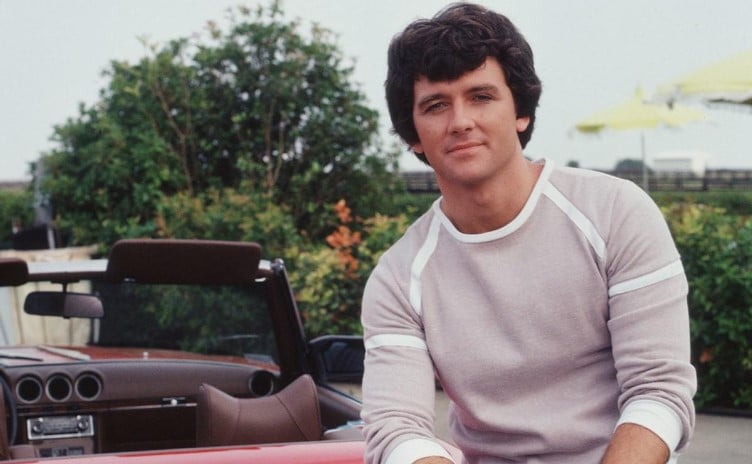
In 1985, at the end of season eight, there’s this scene where Katherine Wentworth, played by Morgan Brittany, tries to run over her half-sister, Pam. But she ends up hitting and killing Bobby Ewing instead. Duffy’s contract was up after seven years, and he wanted to leave the show to find other opportunities.
“It was obviously an ensemble show and I thought if it was ever a time at the height of the popularity of that show, that I might be able to launch into something that was more of a single, starring venue, that that would be the time to do it,” Duffy told The Huffington Post. “I left the show and that did not happen—typical Patrick Duffy business decision fiasco. I went back on the show because they asked me to and I realized that was the best place to work and I was back with my best friend.” When Duffy appears in Pam’s shower at the end of the ninth season, in 1986, it shocked and alienated viewers, and the entire year became known as “The Dream Season.”
Turns out, it was Duffy’s wife who came up with the idea of the shower scene. “When I said to her, ‘I think they’re going to ask me to come back on the show,’ her first response was, ‘You can only do that if the whole last season was a dream.’ Then when I talked to Leonard [Katzman, Dallas showrunner], that was indeed what he wanted to do and so we went ahead and did it.”
11. Victoria Principal Said No To Return To Dallas Due To Shakespeare
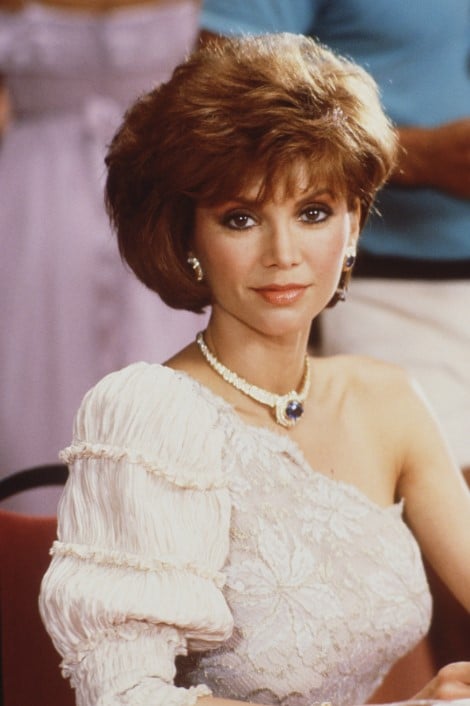
Victoria Principal, known for her role as Pamela Ewing on “Dallas,” decided not to return to the show after leaving. In 1987, her character supposedly died in a car crash, allowing Principal to exit the series. However, the character returned the next season, played by Margaret Michaels after undergoing plastic surgery. Unlike her co-star, Principal chose never to come back to the show.
In an interview with Deadline.com, Principal explained her decision by likening Bobby and Pam’s relationship to a tragic love story, comparing it to “Romeo and Juliet” in its Shakespearean magnitude. She felt a duty to honor the integrity of their storyline and didn’t want to disrupt it.
“I cannot be held responsible for any choices made by producers, once I left Dallas, but I do take responsibility for my decision, not to risk tarnishing Bobby and Pam’s love story, with a desperate reappearance,” she said. “I made this decision a long time ago with a loving and respectful heart for Dallas, Bobby and Pam, and all faithful fans.”
In order to keep Principal from leaving the show, producers offered a lot of money to stay. “It would have made me the highest paid actress on television had I accepted the offer,” she told Ultimate Dallas. “It was time to go and I found out a lot about myself. I can’t be bought.”
12. Hank Williams Jr. Wrote A Song Called “This Ain’t Dallas” About “Dallas”

“This Ain’t Dallas” is a song by Hank Williams Jr., a famous American singer-songwriter. He released it in September 1985 as the second single from his album “Five-O.” The song did well, reaching number 4 on the Billboard Hot Country Singles & Tracks chart.
Williams Jr. was inspired by the TV show “Dallas” to write about how much of a fantasy world it seemed. “This ain’t Dallas and this ain’t Dynasty / This is a real-life two-job working family / And I ain’t J.R., you ain’t Sue Ellen,” go the lyrics. Williams also sings how he doesn’t have a Mercedes and “we’re just man and woman holding this thing together.”
13. A Dallas Video Game Exists

In 1984, Datasoft created a game called The Dallas Quest, inspired by the TV show Dallas. It was a graphic adventure game designed by James Garon for the TRS-80 Color Computer and released by Tandy Corporation.
In the game, Sue Ellen calls upon the player to come to Southfork. She asks them to find a map of an oil field and bring it back to her. If successful in stopping J.R. and returning the map, the player would earn $2 million.
Despite being based on Dallas, the game didn’t focus much on the show’s storyline. Instead, players spent most of their time fighting off angry cattle, monkeys, and, of course, the Ewing family.
14. The Showrunner Of The 2012 Reboot Of “Dallas,” Didn’t Want To Make It Overly Exaggerated Or Cheesy

The showrunner Cynthia Cidre was in charge of producing the 2012 reboot of “Dallas.” She didn’t want the show to be cheesy or over-the-top, so she approached it with a lot of respect for the original series. She wanted to stay true to the essence of the original show while giving it a modern twist.
“This is not Dynasty,” Cidre told Ultimate Dallas. “No slur on Dynasty, but this is not a show where people pull each other’s hair out, falling in fountains. This is a show with real emotion and real passion about the land and about love. I’m just taking it seriously. However, the caveat on that is that this is Dallas and we want to have fun. We want to love to hate the bad guys, have some flair. The situations are slightly pumped up as it’s melodrama and it’s a soap, but we’re grounding it in real human behavior. You’re gonna have fun, double crossing and scheming. We’ll have that, but it’s not in any way camp.”

